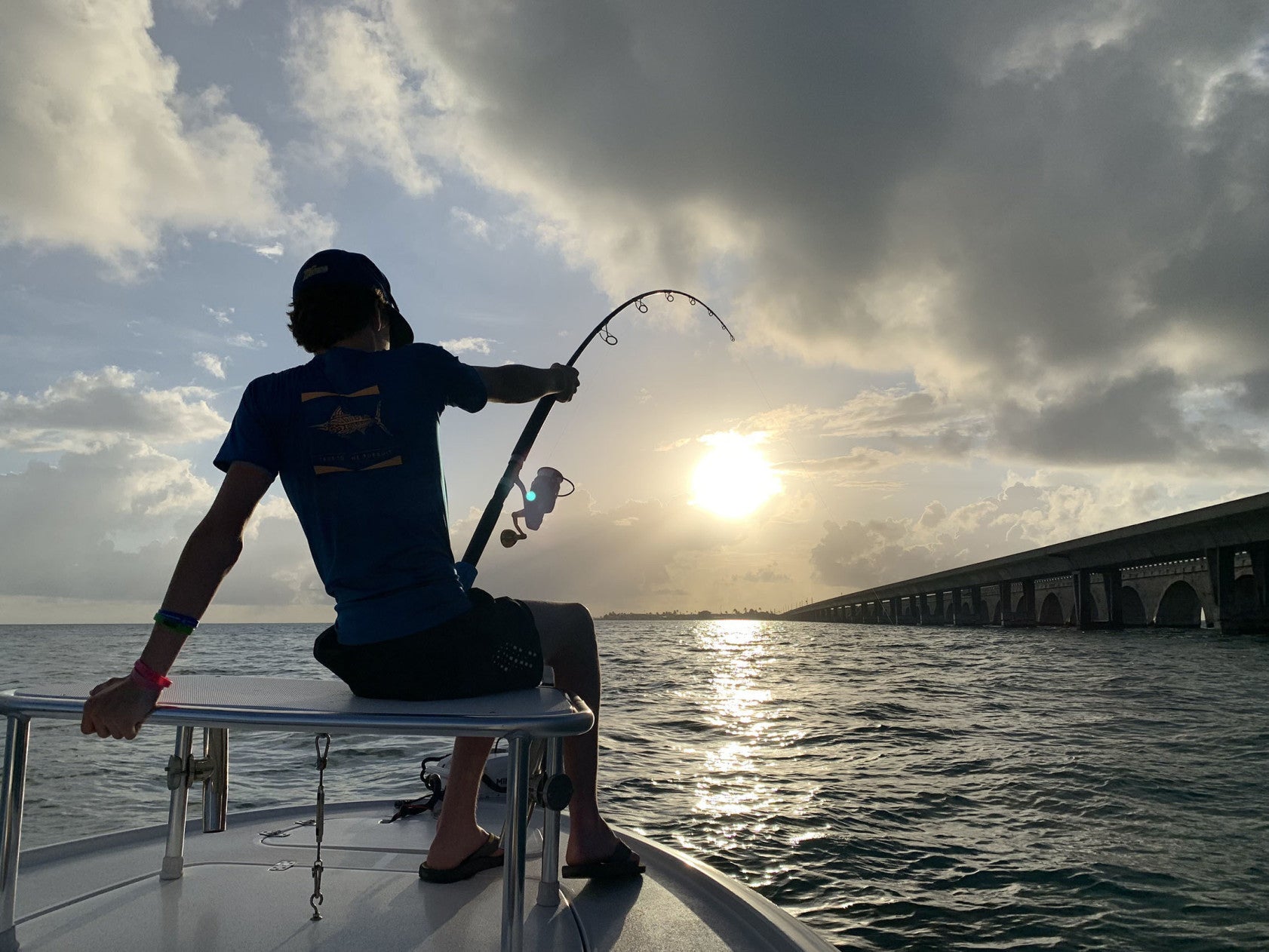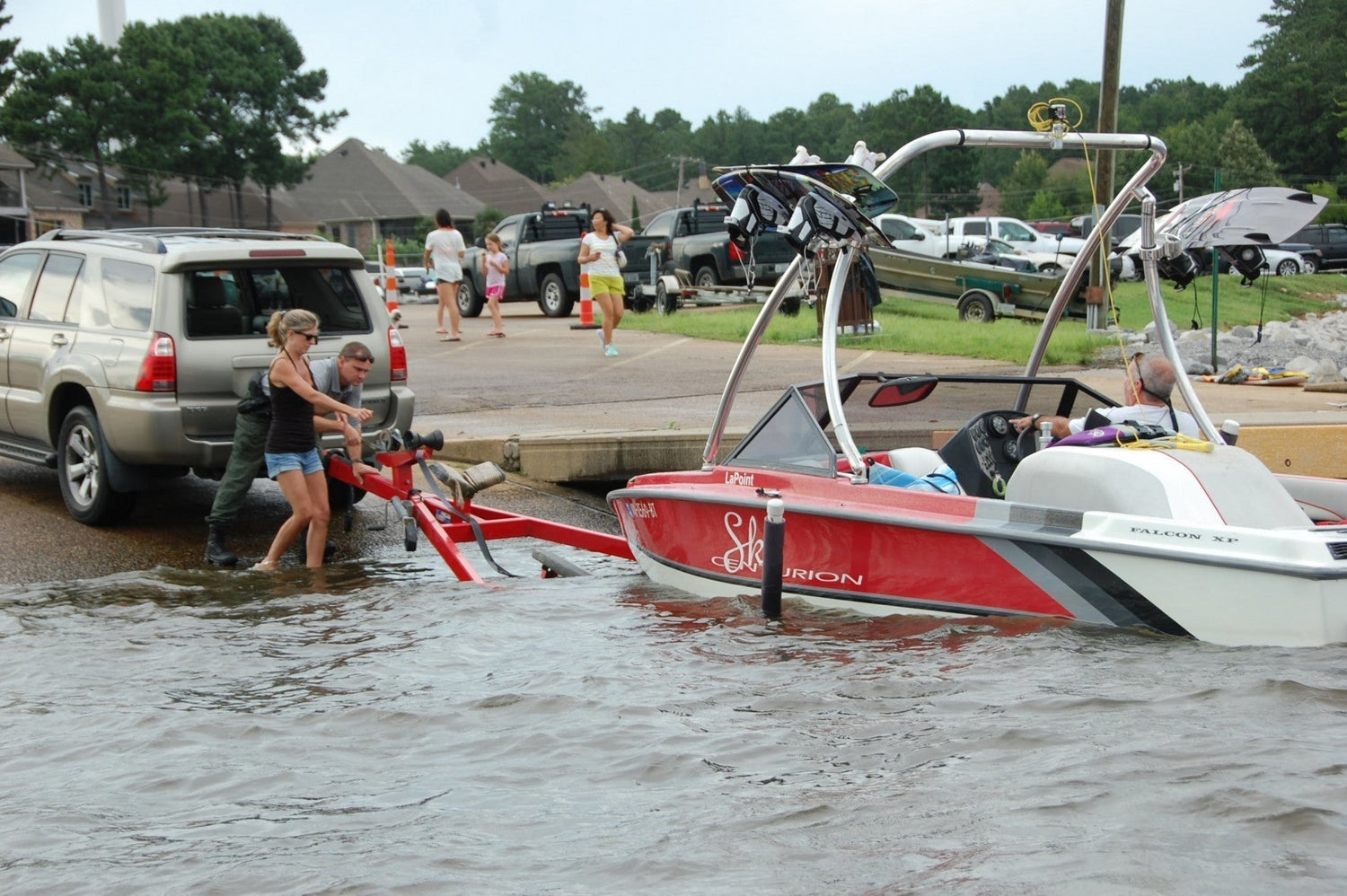Watercraft and summer fun go together naturally. Making sure safety is along for the ride can be a regular part of the habit, or it can be a passenger left standing at the dock until it’s too late. According to U.S. Coast Guard statistics, in 2018, boats in the United States accounted for 4,145 accidents that involved 633 deaths, 2,511 injuries, and approximately $46 million of property damage in recreational boating accidents. Alcohol use was the leading known factor in fatal accidents, and of those who drowned, 84 percent were not wearing a life jacket. The most tragic part of it all, though, is that the vast majority of the accidents were completely avoidable. The Coast Guard’s statistics tables are detailed and extensive, and there are some cases where it’s hard to tell what might have happened. In the vast majority, though, the causes make clear the people piloting the boats in question did something profoundly dumb and got people hurt or killed.
“The first thing any boat needs is a sober driver,” Mississippi Conservation Officer Greg Walters says. Those operating a boat on most waters are held to the same standards of sobriety as those operating a vehicle on the roads. “Next, they need to have their boat registration with them, one life jacket per person, a throwable flotation device if their boat is over 16 feet long, a fire extinguisher, and an emergency sound device.” Though the laws on such vary by state, generally, any passenger 12 years of age or under must wear his or her life jacket when the boat is traveling under main power. Kids can typically have their life jackets off when the boat is being moved with a trolling motor, but they should have it on when it’s moving with power from the main engine. As with seatbelts in an automobile, there’s no good reason for anyone of any age not to wear a lifejacket while underway.
Pretty often, as accident statistics show, the worst mistakes are made by people who had more than enough experience to know better, and nowhere is this more apparent than on the water. With experience comes complacency, and often, accidents are quick to follow. Bobby Cleveland of Mississippi, a lifelong fishing enthusiast, has seen it all and then some. When it comes to spotting idiocy in action, he’s had lots of experience.
Every boater should know the basic rules of safety. Cleveland says these are the most commonly forgotten:
Check your Wake
“Outside of the obvious, which would be not wearing a personal flotation device, the most overlooked aspects of boating safety are which boat has the right of way and being responsible for your boat wake,” he says. “The first thing I tell new boaters is that in all situations involving close proximity, the other boat ALWAYS has the right of way. That’s because I’ve learned it’s a pretty safe bet the other boat operator doesn't know the rules. “Boat wakes are a pet peeve of mine because, in 99 percent of cases, problems related to wakes could have been avoided. Every boater is responsible for his or her wake, but I think most are unaware of the water they’re kicking up.”
A perfect example of that is Rose’s Bluff at Mississippi’s Ross Barnett Reservoir, a popular anchoring area for boats each summer. “Families park pontoons and pleasure craft in close proximity, to swim and enjoy the group atmosphere,” Cleveland says. “Knowing that and seeing that, it’s idiotic but routine to see boats race back in the corner or swing up close to the anchored boats and make an abrupt turn. The wake causes parked boats to swing on anchor, and I've seen kids get caught between boats and adults racing to keep them safe. “Also, as a fisherman, I know what it's like to be working a riprap bank and have a boat race by, improperly trimmed, and kick up a wake that pushes me into the rocks.”
Do unto Others
“Another thing that makes me steam is to be anchored in the middle of the lake, far from boat channels or any port or landing, and have a boat pass within 10 or 20 yards on a 33,000-acre lake,” Cleveland says. “It’s not like a river, where you have little choice. “It would be just as easy to loop around 200 or 250 yards out, thus not creating any danger with boats in close proximity. It’s not a written rule, but it is a courtesy, and it just makes a lot more sense.”
Mind those PWCs
“If I were younger, I’d probably have a jet ski, also referred to as a personal watercraft,” Cleveland says. “I have played on them, and they are fun. I recognize that they are a popular choice and that they have every right to share water. “However, I have a major problem with some PWC operators, especially those who feel they have to race up behind a boat and jump the wake. The only two boat/PWC collisions I’ve seen involved exactly that. PWC operators need to understand they are required to follow the same navigation rules as conventional watercraft, they need to practice common courtesy.”
Watch for the Careless
“It’s important to keep your head on a swivel and know where all other boats around you are located and what they are doing,” Cleveland says. “If you are running in a channel and approaching the area where you plan to stop, it’s important to know if there’s an idiot on your tail. “And, in our shallow Southern waters, if you don’t know the lake as well as you know the layout of your house, stay in the boat channel. “Finally, heed this advice from a guy who has been hit by lightning twice, though not on the water: Always be weather-wise. Know what the forecast is. All smartphones now have apps that provide not only GPS but also current weather maps.”




Leave a comment
This site is protected by hCaptcha and the hCaptcha Privacy Policy and Terms of Service apply.